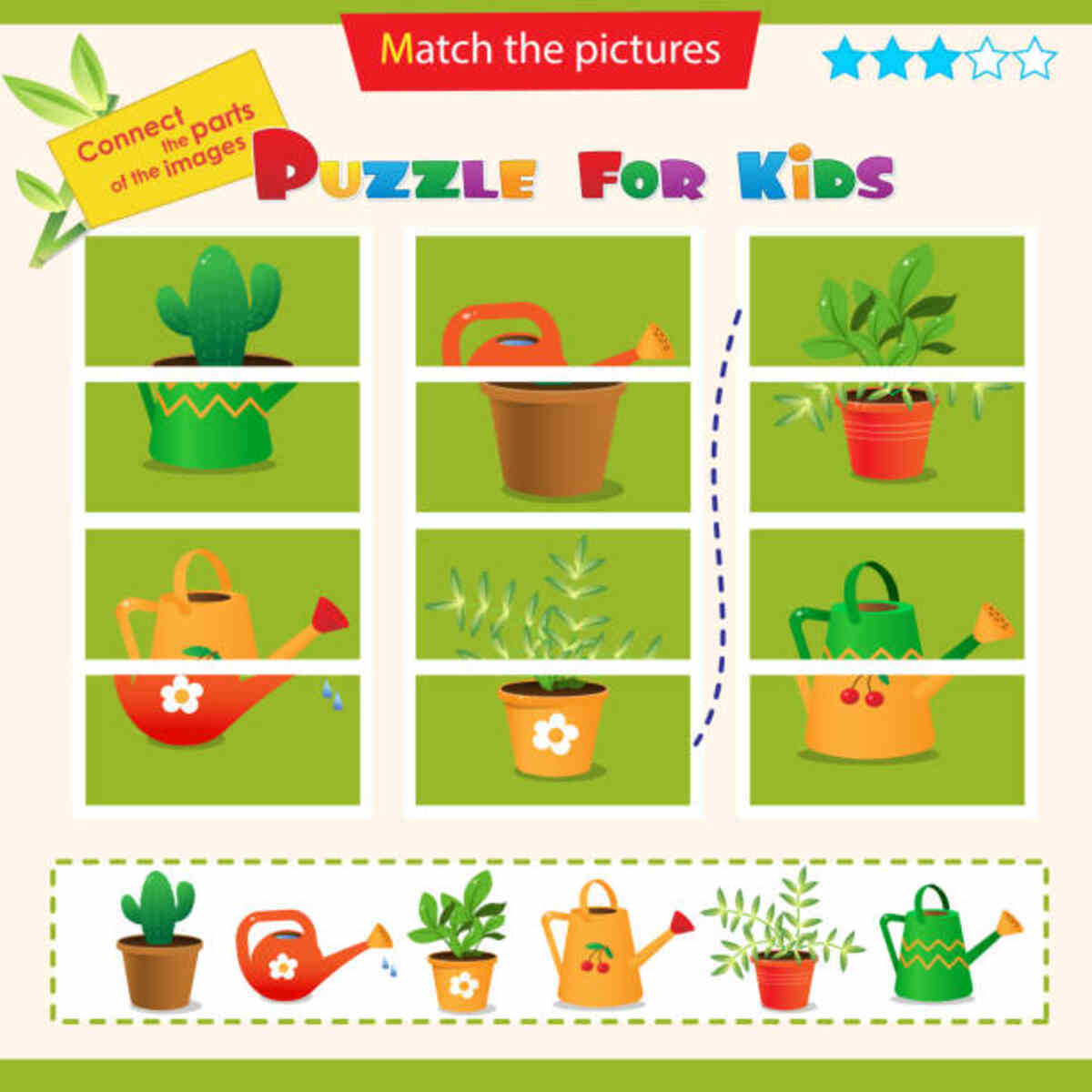Social-emotional learning activities pdf provides students an excellent way to establish positive relationships, regulate emotions, and make responsible decisions – essential skills for academic success and lifelong well-being.
Have your kids explore their feelings and those of others using this downloadable resource that features deep relaxation pages, weather reports, and feeling cards.
Self-awareness
Self-awareness is an integral component of social-emotional learning. It allows students to recognize their emotions and understand the impact their actions have on others while being aware of negative emotions on themselves and their behavior. Students can build this skill by discussing how certain books or movies made them feel or by creating vision boards to identify strengths and goals.
Students can learn how they interact with others through group work and identify their emotions. For instance, they could take turns telling a story or practicing listening by giving each person time to speak before discussing how the interaction has helped them become better listeners – something which will come in handy both inside and outside school environments.
An effective way to increase self-awareness is through a feelings wheel, which illustrates how various feelings connect. Students of any age can utilize this tool, helping build emotional vocabulary while understanding that feelings change throughout the day and using this knowledge to manage responses effectively. Another activity worth trying in class is the Thoughts-Actions-Feelings Circle, which shows students how their thoughts and actions impact their emotions.
Perspective taking
Perspective-taking is a vital social-emotional skill that allows students to understand other people’s thoughts and feelings and make better judgments and decisions. Perspective-taking can also aid conflict resolution efforts when the ability to see things from multiple viewpoints is essential to solving any issue at hand. Perspective-taking requires practice for children of any age to master, though many ways exist to teach it, including activities and games.
One way to teach this concept to children is by reading picture books depicting various viewpoints. Another technique would be discussing their life experiences and how these have altered their perspectives – you could, for instance, read books featuring women with difficult upbringings or children who experienced hardship that demonstrate this theme and how these experiences have altered their attitudes and behaviors.
Additionally, students must set specific perspective-taking goals. Measurable goals allow you to track student progress and adjust interventions according to each student’s needs; plans should also be reviewed regularly to ensure they remain effective.
Self-regulation
Self-regulation is essential for students to acquire, as it allows them to respond calmly in challenging situations, reduce behavioral problems, and improve academic performance. Teachers can teach these essential life skills using various social-emotional learning activities – reading books or creating art projects are great ways for children to build self-regulation; cooperative games may also promote this skill set in classroom settings – that emphasize these vital characteristics of healthy development. Many of these activities are simple yet fun for all age groups.
An effective way to promote self-regulation in the classroom is through breathing exercises. These simple activities help students refocus and feel less stressed out. For added self-regulation benefits, you could add mindfulness breaks whereby students identify where their tension lies – perhaps in their shoulders or facial features – before helping them release it to achieve more equilibrium within themselves.
An effective way to foster self-regulation in younger students is pairing older and younger ones in a class service project, encouraging children to show care and empathy towards one another and different groups of people. Students will feel more relaxed once they form positive bonds within their school community.
Self-regulation skills are difficult for children to master, making teaching these essential life skills an ongoing and gradual release challenge. Ensure all children receive the support necessary to thrive at school and in life.
Communication
Teaching students the art of communication with others is an essential life skill they’ll require throughout their lives, not only as part of the school curriculum but also to build friendships and resolve disputes more efficiently. Utilizing social-emotional learning activities as part of the classroom curriculum is an easy way to introduce this essential life skill; activities such as brain breaks or group projects may help facilitate this development process further.
An effective way of teaching communication skills is having students create a vision board of their goals for the future, either as homework or class activity. This activity encourages students to take ownership of their actions and understand how their decisions impact society.
Social Emotional Learning can be challenging to implement in schools and requires all teachers’ buy-in. Begin by identifying the most receptive teachers, working together to devise an implementation plan, and then regularly checking in with these individuals and receiving their feedback.
Twinkl’s Social-Emotional Learning Activities for middle schoolers offer engaging social-emotional learning activities that will keep their interest. Their SEL choice boards allow students to select from various activities that address empathy, self-awareness, responsible decision-making, and managing strong emotions.


